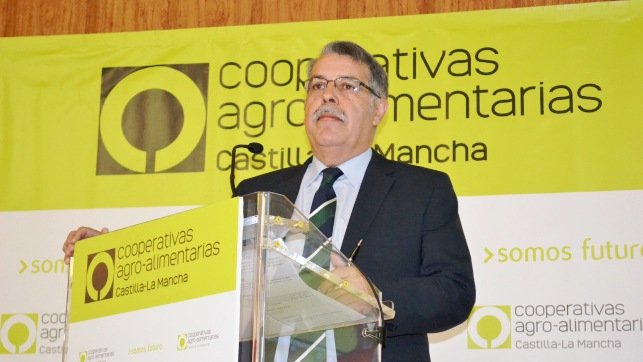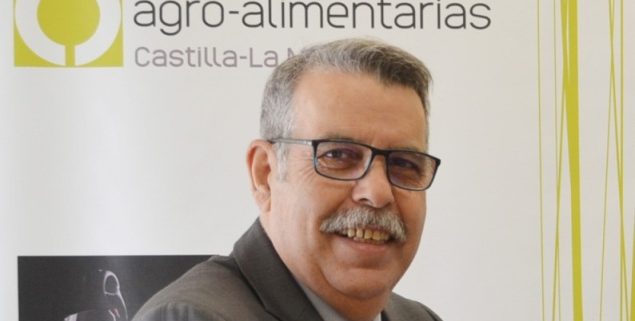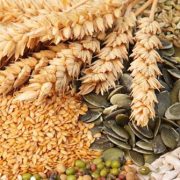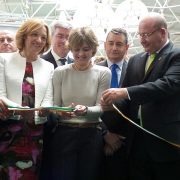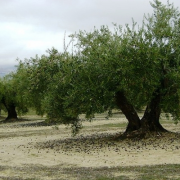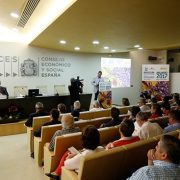Need, instruments and incentives of cooperative integration
By José Luis Rojas, director of Agro-food Cooperatives Castilla-La Mancha
Few actors, who participate in the agri-food sector, stand in public against the widely accepted diagnosis that one of the most important weaknesses of the productive sector is its lack of commercial structure, the small business dimension of cooperatives -the companies of the producers – and, consequently, their lack of influence and negotiating capacity in the market.
The imbalance of the agro-food value chain, in favor of distribution, is an unquestionable reality, despite the publication of the Law of Improvement of the Food Chain in 2013
Large-scale distribution has been a process of concentration in recent years. The current situation determines that the five main companies market about 60% of the food consumption of Spanish households and the distribution brands are acquiring, in turn, more market share.
Main responsible people
“It’s no use throwing balls out. The main responsible for this scenario are the producers themselves and their representative organizations, including cooperatives, which have not been able to guide and prioritize actions, efforts and resources to improve the commercial position of producers”
At the same time, it is also necessary to attribute responsibilities to the different administrations, which have understood very belatedly that “coffee for all”, in the use of its budgets, its cowardice in defining its own policy, has lulled and debilitated farmers and the whole state, although it is true that in some territories and sectors, more than in others.
Necessity of integration
After the implementation of the Cooperatives Integration Promotion Law, published by the Ministry of Agriculture in 2013, which includes the new figure of the Priority Associative Entity (EAP) in the supra-autonomous field, the Spanish cooperative sector -manchego will have new instruments to “grease” the decision-making of the guiding councils, in the first instance, and of the partners later in the assemblies of the cooperatives.
After years of perseverance on our part, the Official Journal (DOCM) published last December the Decree establishing the requirements for the recognition of priority associative entities of regional interest of Castilla-La Mancha (EAPIR) and creating its registry ; an administrative figure created by the Ministry of Agriculture with the aim of promoting the integration of cooperatives in the autonomous field. At this point, we thank from this Ministry for giving a powerful tool to the sector to encourage our cooperatives have a greater dimension, to give a major stir to be, little by little, bigger.
In the period of drafts, there is the third tool provided for in the EU Regulation on Aid for Rural Development, which will allow the creation of producer groups (APA), with fewer requirements for recognition and less aid intensity.
Those that achieve recognition or participate in a EAP, EAPIR or APA will not only have more aid and priority, but will also have preferences and greater support in the main measures of the Program of Rural Development (RDP) oriented to the producers, like improvement of farms, incorporation of young people, possibly agricultural insurance and other measures.
“The Ministry of Agriculture, Environment and Rural Development, which can be criticized in other matters, has fulfilled its mission and if everything goes as planned, we will have a leading legislation to encourage the resizing of our cooperatives; has shown us here his sensitivity and awareness of cooperative integration”
The responsibility is again in the producers, who must make decisions, which should not be alien, quite the contrary, those who currently have the responsibility to lead cooperatives: their presidents, rectors and managers.
YOU MIGHT ALSO LIKE
➡️Jose Luis Rojas: “Trump’s victory could slow the way out of the crisis”
